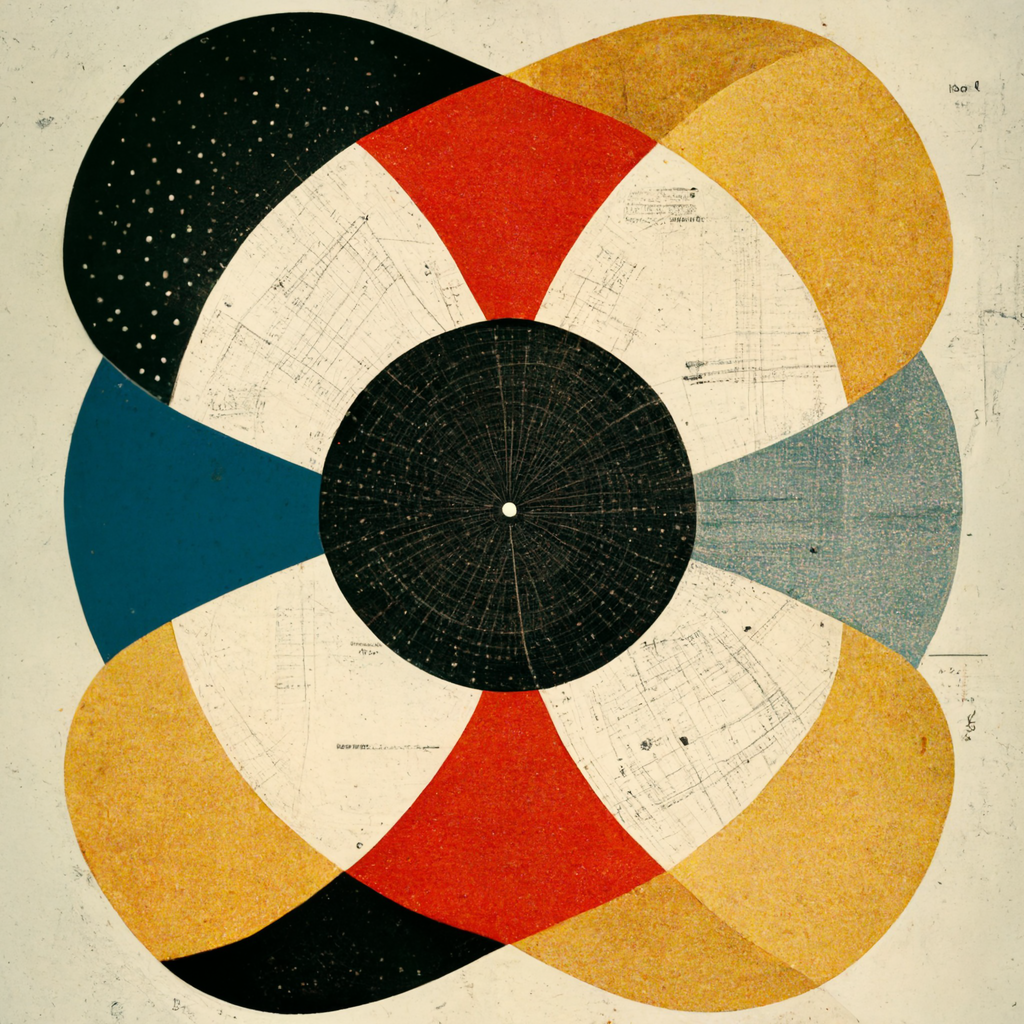AI-assisted illustration by SEMIOVOX
I’m cofounder of the semiotics-fueled branding consultancy SEMIOVOX, editor of the consultancy’s eponymous website, and I’m the “convenor” of SEMIOFEST SESSIONS. Here’s a round-up of what we’ve been doing this past year…
Also see: SEMIOVOX 2022.
SEMIOTIC ANALYSIS
SEMIOVOX’s methodology provides insight and inspiration — to brand and organization strategy, marketing, design, innovation, and consumer insights teams, as well as to their agency partners — regarding the unspoken local/global “codes” that help shape perceptions of and guide behavior within product categories and/or sociocultural territories. During 2023, our projects included (but were not limited to) the following.

- MULTISENSORIAL CODES: On behalf of a multinational beverage company, we directed our global colleagues to analyze codes of multisensorial experience — covering multiple categories — in six markets including China, India, Turkey, and Mexico. A combination of semiotic analysis and consumer research (conducted via our sister agency, Consumer Eyes). Marketing optimization across all channels, including pack design.
- CHAMPAGNE CODES: We conducted a brief audit, via The Semiotic Factory (Paris), on behalf of the number-one selling brand of Champagne in the domestic French market.
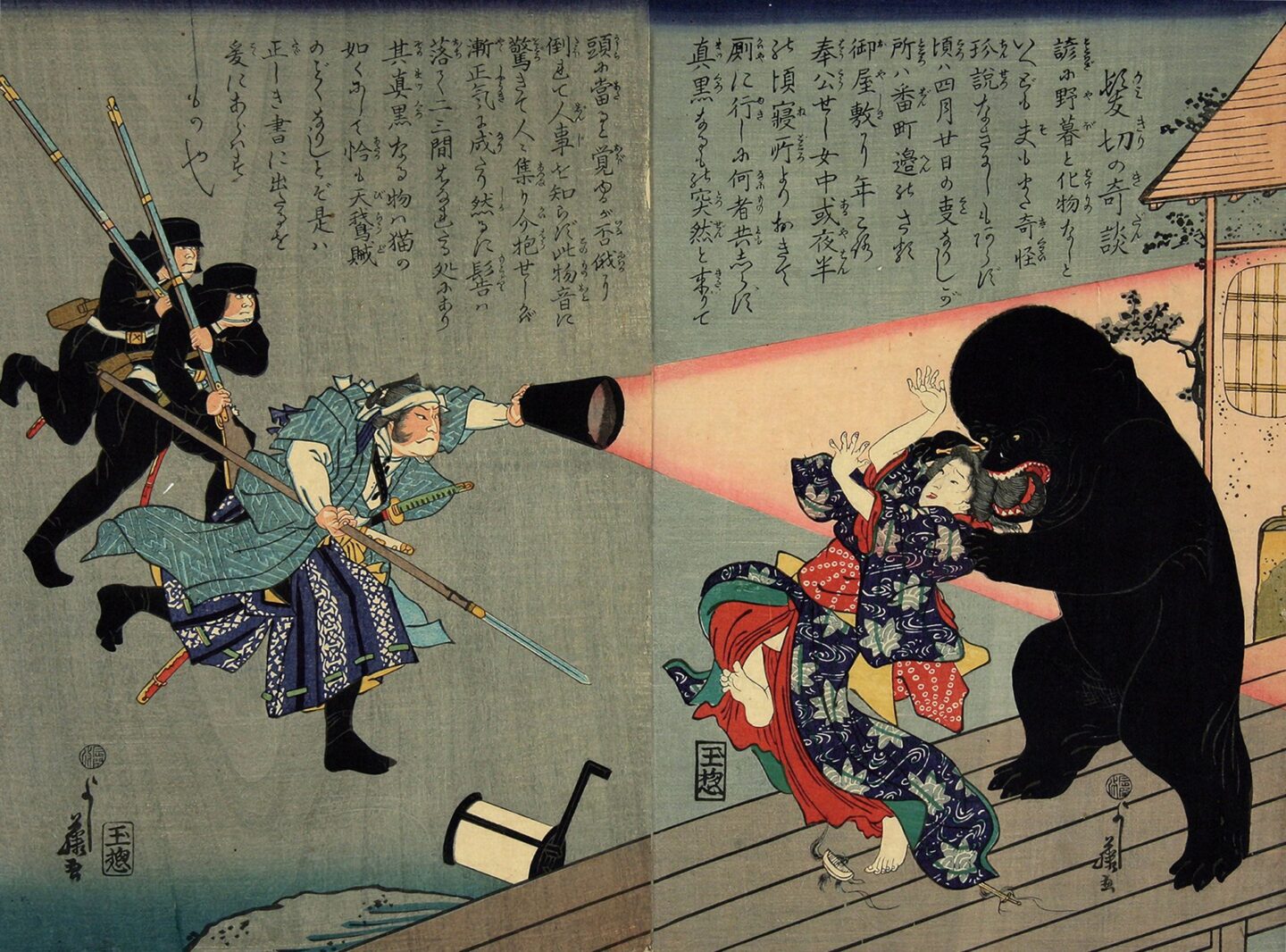
- FANTASY CODES. Via our friends at Labbrand Paris, we consulted with the brand and game-design teams at a French blockbuster videogame company on a forthcoming game intended to reboot a fantasy franchise.
- COLA CODES. We analyzed the codes of the cola category in the US (and via my colleagues at Creative Semiotics, the UK as well), on behalf of a multinational beverage company. Positioning strategy and marketing optimization for multiple cola brands, as well as cola portfolio rationalization.

- CANNABIS CODES: Working with one of the top cannabis edibles companies in the USA, we analyzed packaging, social media, and other brand communications within the cannabis space — selecting our stimuli with a specific demographic in mind.
- CHILD-FREE TOURISM CODES: Via our friends at The Semiotic Factory (in Paris), we worked on a project for an iconic French travel and tourism operator — analyzing US culture and brand communications around the question of child-free vacations.
Also see: SEMIOVOX projects from 2022.
SEMIOFEST SESSIONS
I’m cofounder of and “convenor” for SEMIOFEST SESSIONS, a monthly-ish series of online get-togethers — put on under the aegis of Semiofest — intended not only to share best practices among, but to nurture collegiality and friendship within the global semio community. Here’s the 2023 SEMIOFEST SESSIONS lineup:
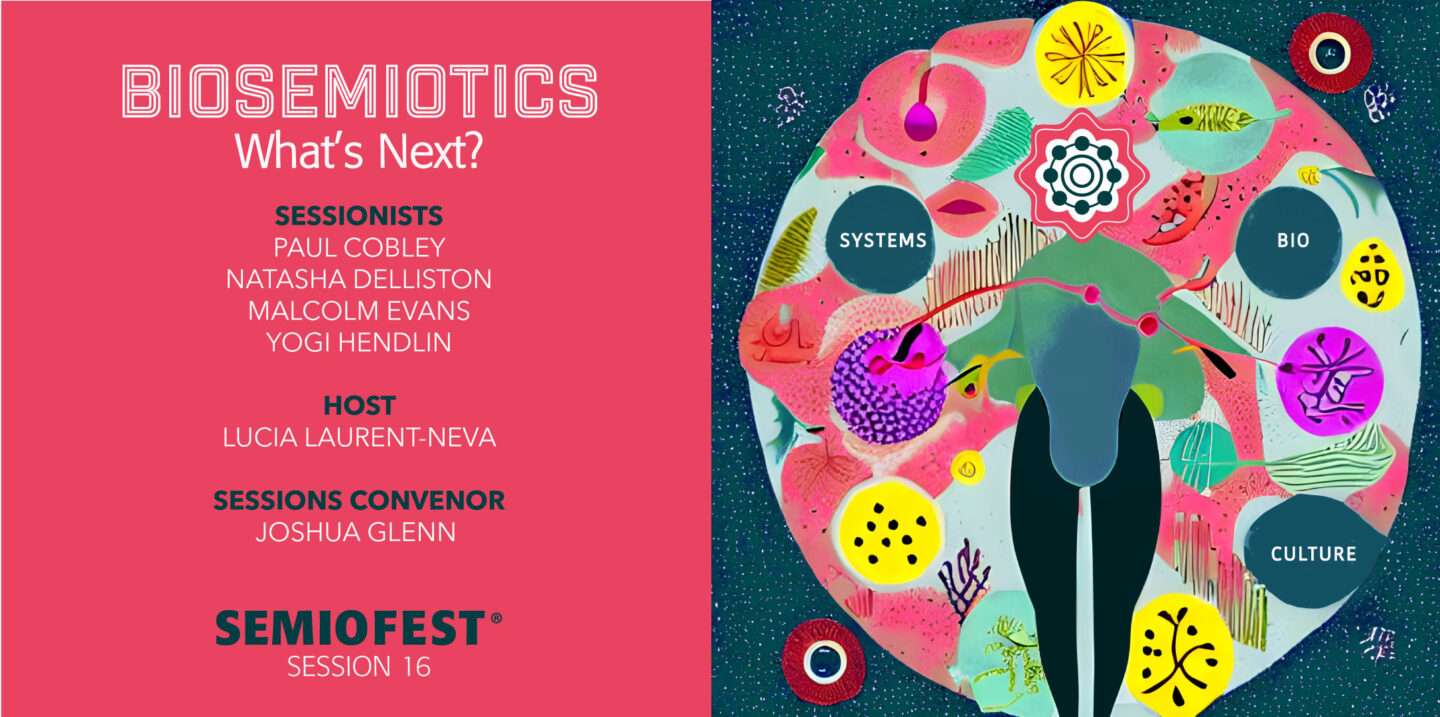
- MARCH: THE SEMIOTICS OF SUSTAINABILITY. Sam Grange (France), Ximena Tobi (Argentina), and William Liu (China) discussed the semiotics of SUSTAINABILITY in their markets. Semiofest’s Lucia Laurent-Neva moderated the session.
- APRIL: BIOSEMIOTICS, featuring Paul Cobley, Natasha Delliston, Malcolm Evans, and Yogi Hendlin. Proceeding from the premise that semiosis is intrinsic to all living nature, biosemiotics practitioners have developed a holistic and integrated understanding that radically challenges — and can also reboot and revitalize — the way that we applied semioticans think about and practice our craft.
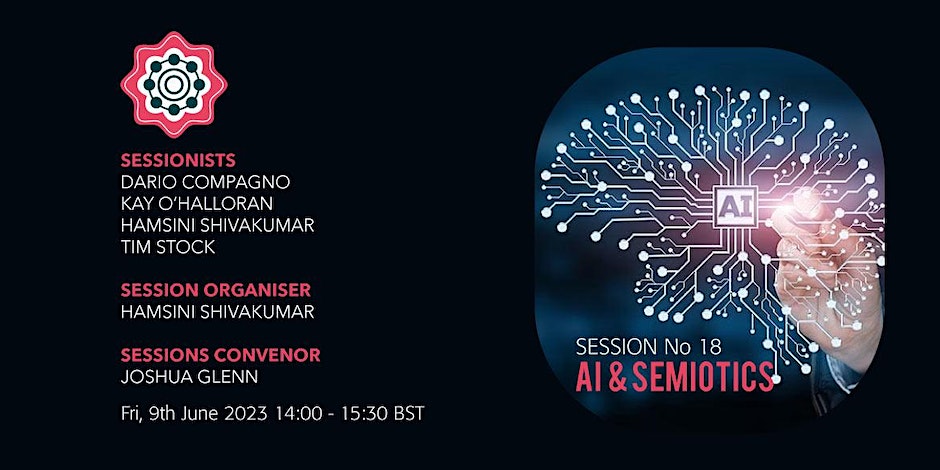
- MAY: UMBERTO ECO, featuring Kristian Bankov, Giulia Ceriani, Carlos A. Scolari, and Alfredo Troncoso. Eco was the prolific author of many seminal semiotic texts such as A Theory of Semiotics, Lector in Fabula, The Limits of Interpretation, The Open Text, and Kant & the Platypus. His ideas about “the model reader” and “the encyclopedia” have become key ideas in the semiotic discipline.
- JUNE: AI AND SEMIOTICS, featuring Dario Compagno, Kay O’Halloran, and Tim Stock. Some commercial semioticians have for years deployed AI tools to help make sense of data, while others have resisted doing so. We gathered a panel of experts to discuss questions like: Is AI-generated “meaning”… meaningful? And: What are the upsides and downsides of incorporating AI into our methodologies?
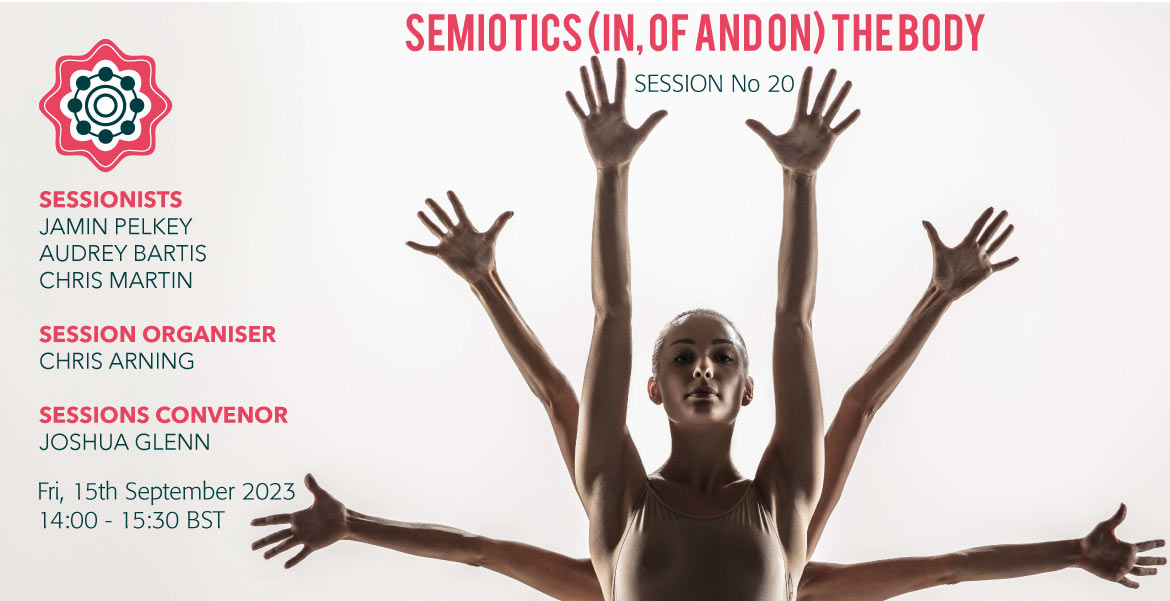
- JULY: READING CULTURE, featuring Mariane Cara, Josh Glenn, and Hamsini Shivakumar. Sociologists and anthropologists are recognized for their ability to identify and analyze cultural norms and forms. But when it comes to culture, semioticians are suspected of relying on outdated frameworks. Our show-and-tell session shared three new semiotics-driven methodologies developed for “reading” culture.
- SEPTEMBER: BODY SEMIOTICS, featuring Jamin Pelkey, Audrey Bartis, and Chris Martin. Recent innovations in biosemiotics and the intersection between semiotics and cognition have shown how we need to pay attention to meaning that is incarnated in our bodies. Our speakers discussed memory in our bodies (and how this affects our thoughts, behaviour and language), the representation of bodies in consumer brand imagery, and how we write meanings onto our bodies via the symbolism of tattoos.
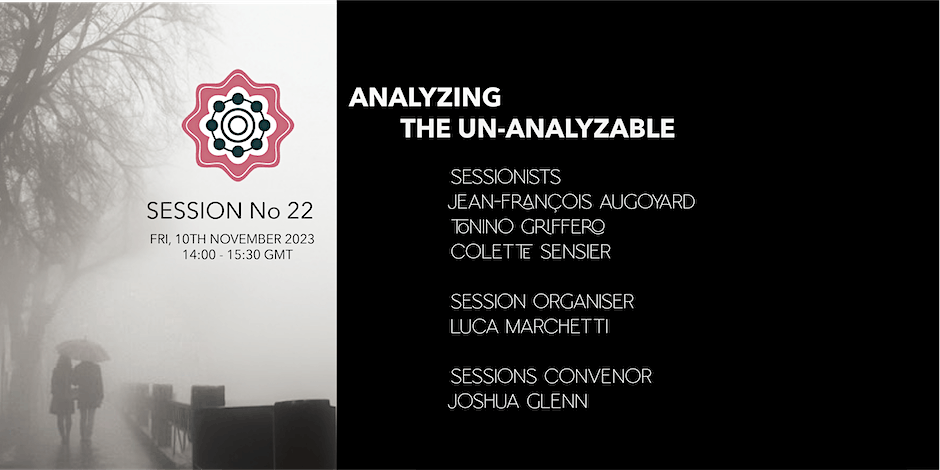
- OCTOBER: SEMIOTICS & THE SCIENTIFIC METHOD. Session host Vijay Parthasarathy led a discussion — with Román Esqueda, Jamin Pelkey, and Hamsini Shivakumar — on the following questions. Does commercial semiotics lack scientific rigor? Is the approach too ad hoc? How should commercial semioticians counter perceived “expert” bias? What is the optimal balance to strike between “science” and “art”?
- NOVEMBER: ANALYZING THE UNANALYZABLE. Session host Luca Marchetti asked Jean-François Augoyard, Tonino Griffero, and Colette Sensier to share their tools and methodologies for analyzing ambiances, atmospheres, sensory experiences, aesthetics, and other seemingly subjective phenomena.
We’re now planning our 2024 sessions, too.
TEACHING & SPEAKING
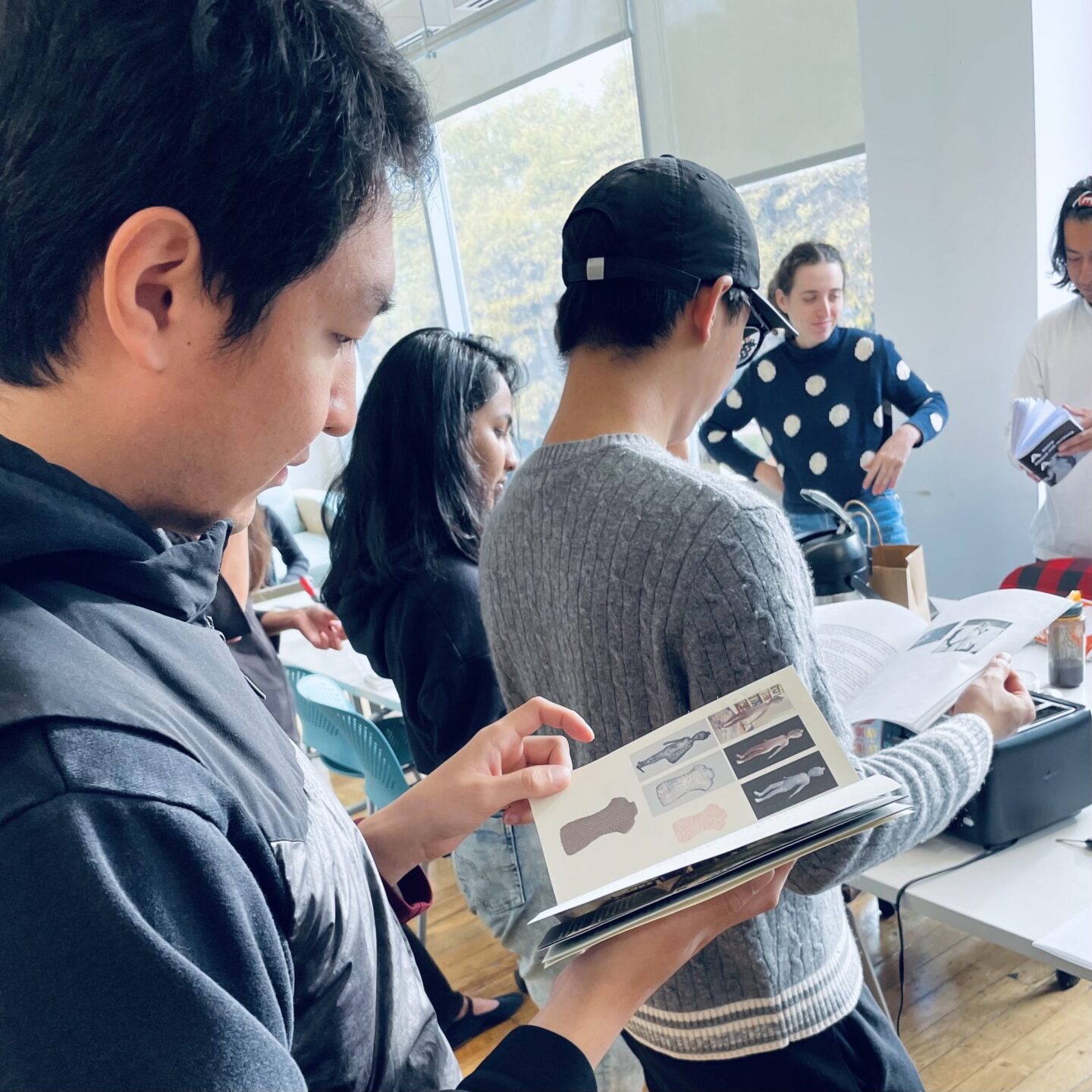
In the Fall, I co-taught (with Monica Nelson) two sections of GRADUATE THESIS MAPPING & NARRATIVE I in the Rhode Island School of Design’s MID (Master of Industrial Design) program. Here’s my RISD faculty page.
In February, I enjoyed speaking (via Zoom) with Andreina Sosa’s Intro to Visual Semiotics class at Paier College. In March, I paid a couple of visits to Tom Weis’s RISD Graduate Introduction to Industrial Design class — to discuss my LOST OBJECTS project. In July, I was a panelist for the Semiofest Session devoted to READING CULTURE (see above). In October, I did a semiotics training for Kate Dannessa’s Special Topic Design Studio (RISD ID); and I returned, in December, as a guest critic.
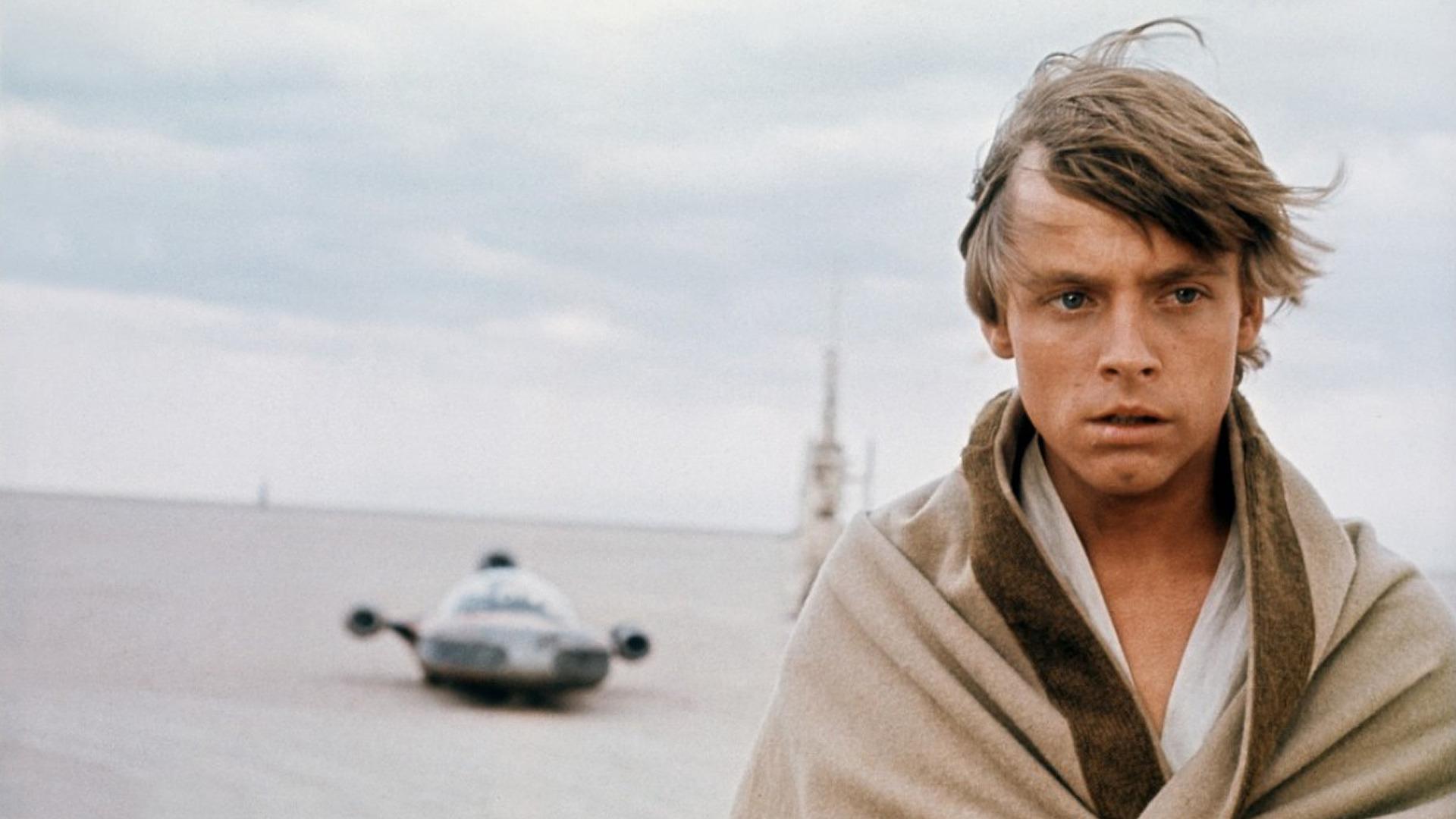
COMING UP IN 2024: I’ve been invited to present recent work at the next SEMIOFEST — which will take place in Porto (Portugal) on May 22nd–24th. The conference theme is “liminality” — which happens to have been a key aspect of the Fantasy Codes audit mentioned above. Here’s more info on the Porto event.
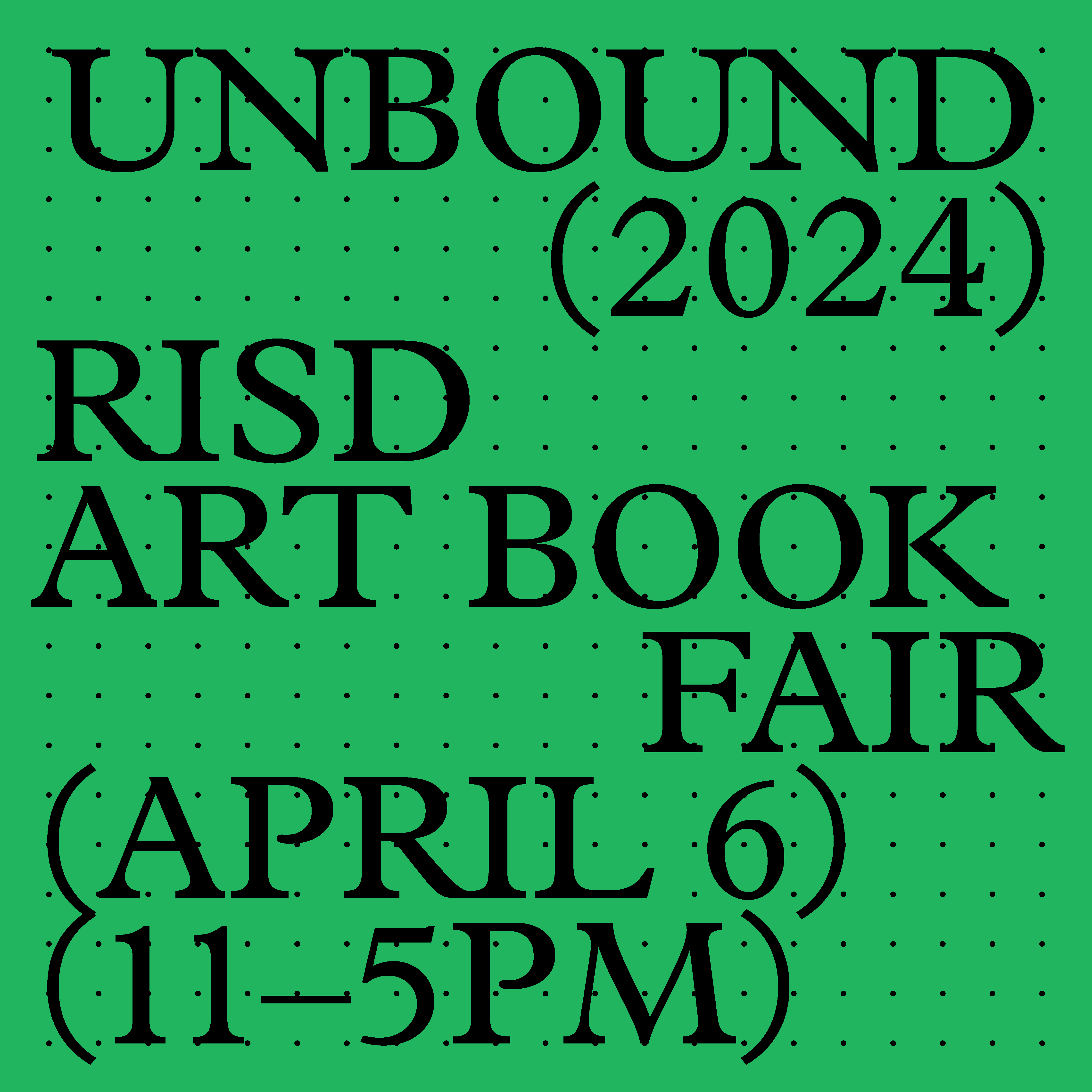
PS: I’ve been asked to help organize the 2024 UNBOUND RISD Art Book Fair, which will be hosted by RISD’S Fleet Library on April 6th. Fun!
SEMIOVOX.COM
I’m the editor here at SEMIOVOX, our consultancy’s eponymous website. Here’s what we published during 2023.

MAKING SENSE is a series of Q&As dedicated to understanding what makes semioticians tick. I’ve asked my commercial-semiotics colleagues from around the world to answer a set of leading questions. Here’s the 2023 lineup:
VIJAY PARTHASARATHY (USA) | DIMITAR TRENDAFILOV (Bulgaria) | SÓNIA MARQUES (Portugal) | LUCIA LAURENT-NEVA (England) | VLADIMIR DJUROVIC (China) | WHITNEY DUNLAP-FOWLER (USA) | ALFREDO TRONCOSO (Mexico) | KAIE KOPPEL (Estonia) | AUDREY BARTIS (France) | THIERRY MORTIER (Sweden) | XIMENA TOBI (Argentina) | MACIEJ BIEDZIŃSKI (Poland) | RACHEL LAWES (England) | WILLIAM LIU (China) | RAMONA LYONS (USA) | ELODIE MIELCZARECK (France) | MARIA PAPANTHYMOU (Greece) | GREG ROWLAND (England) | COLETTE SENSIER (England) | TIM STOCK (USA) | SERDAR PAKTIN (Turkey / England) | TIM SPENCER (England) | DORA JURD DE GIRANCOURT (France) | IVÁN ISLAS (Mexico) | NATASHA DELLISTON (England) | CHIRAG MEDIRATTA (India / Canada) | CHRIS BARNHAM (England) | GEMMA JONES (Netherlands) | LOUISE JOLLY (England) | GIULIA CERIANI (Italy) | MAX MATUS (Mexico) | CLIO MEURER (Brazil) | SEEMA KHANWALKAR (India) | ROMÁN ESQUEDA (Mexico) | AIYANA GUNJAN (India) | MARTHA ARANGO (Sweden) | PAULINA GOCH-KENAWY (Poland) | SARAH JOHNSON (Canada).
Coming up in 1Q2024:
ANDREA BASUNTI (England) | HANNAH HOEL (New Zealand) | CARLOS SCOLARI (Spain) | STEFANIA GOGNA (Italy) | COCO WU (Singapore/China) | & more.
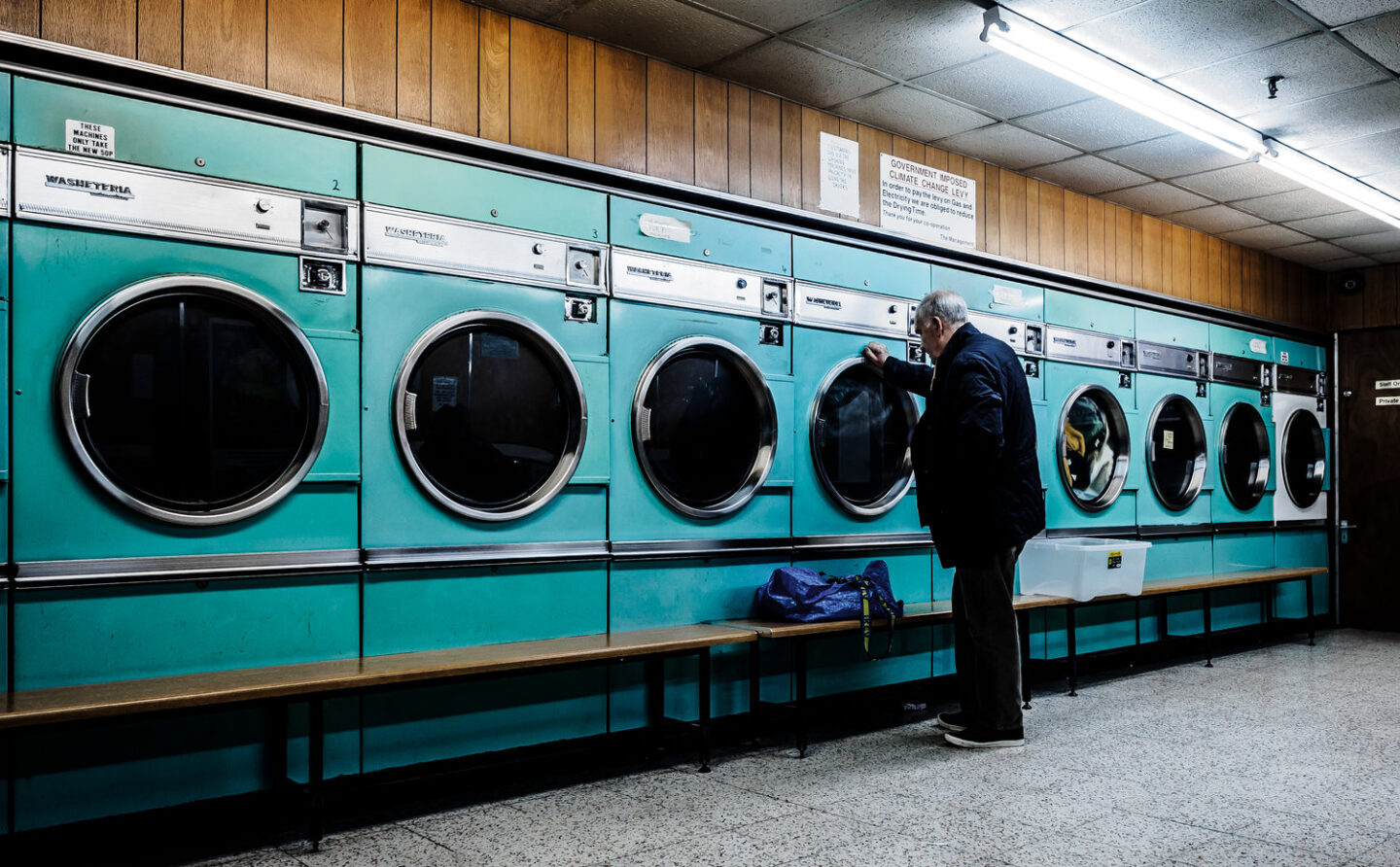
COLOR CODEX is a 25-part series — the contributors to which are commercial semioticians from around the world — that explores the unexpected associations evoked for us by specific colors found in the material world. Here’s the 2023 lineup:
Martha Arango (Sweden) on FALUKORV RED | Audrey Bartis (France) on KYOTO MOSS | Maciej Biedziński (Poland) on SKIN-DEEP ORANGE | Natasha Delliston (England) on MARRAKECH MINT | Whitney Dunlap-Fowler (USA) on RESURRECTION CANARY BLUE | Josh Glenn (USA) on TOLKIEN GREEN | Aiyana Gunjan (India) on LETTERBOX RED | Sarah Johnson (Canada) on ARMY GREEN | Lucia Laurent-Neva (England) on TEAL BLUE VOYAGER | Rachel Lawes (England) on DEVIL GREEN | Charles Leech (Canada) on STORMTROOPER WHITE | William Liu (China) on PINING GREEN | Ramona Lyons (USA) on GOTH PURPLE | Sónia Marques (Portugal) on RUNAWAY BURRO | Max Matus (Mexico) on CALIFORNIAN BLUE | Chirag Mediratta (Canada / India) on AUROVILLE ORANGE | Clio Meurer (France) on PARIS LUMINOUS GREY | Serdar Patkin (Turkey / England) on AMBIENT AMBER | Maria Papanthymou (Russia / Greece) on AGALMATOLITE WHITE | Vijay Parthasarathy (USA) on ALPHONSO YELLOW | Greg Rowland (England) on LAUNDROMAT FUTURA | Tim Spencer (England) on ELECTRO-EROTIC COBALT | Ximena Tobi (Argentina) on VILLA MISERIA BRICK | Alfredo Troncoso (Mexico) on BORGES GLAUQUE.
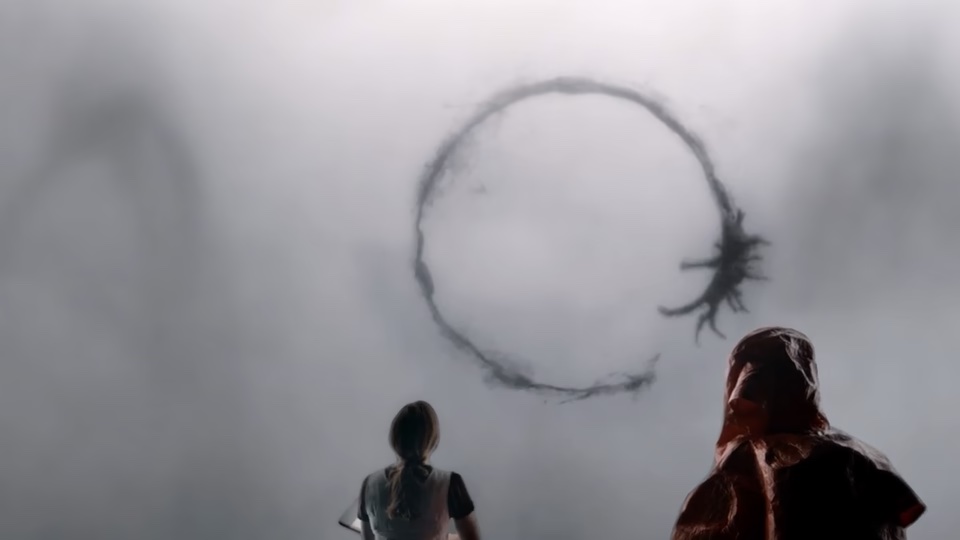
DECODER is a 25-part series — the contributors to which are commercial semioticians from around the world — that explores fictional semiotician-esque action as depicted in books, movies, TV shows, etc. Here’s the lineup, thus far:
Adelina Vaca (Mexico) on ARRIVAL | William Liu (China) on A.I. ARTIFICIAL INTELLIGENCE | Tim Spencer (England) on VURT | Ramona Lyons (USA) on BABEL-17 | Rachel Lawes on NICE WORK.
Coming up in 1Q2024:
Alfredo Troncoso (Mexico) on THE ODYSSEY | Gabriela Pedranti (Spain) on MUSIC BOX | Charles Leech (Canada) on PATTERN RECOGNITION | Lucia Laurent-Neva (England) on LESSONS IN CHEMISTRY | Whitney Dunlap-Fowler (USA) on THE GIVER | & more.
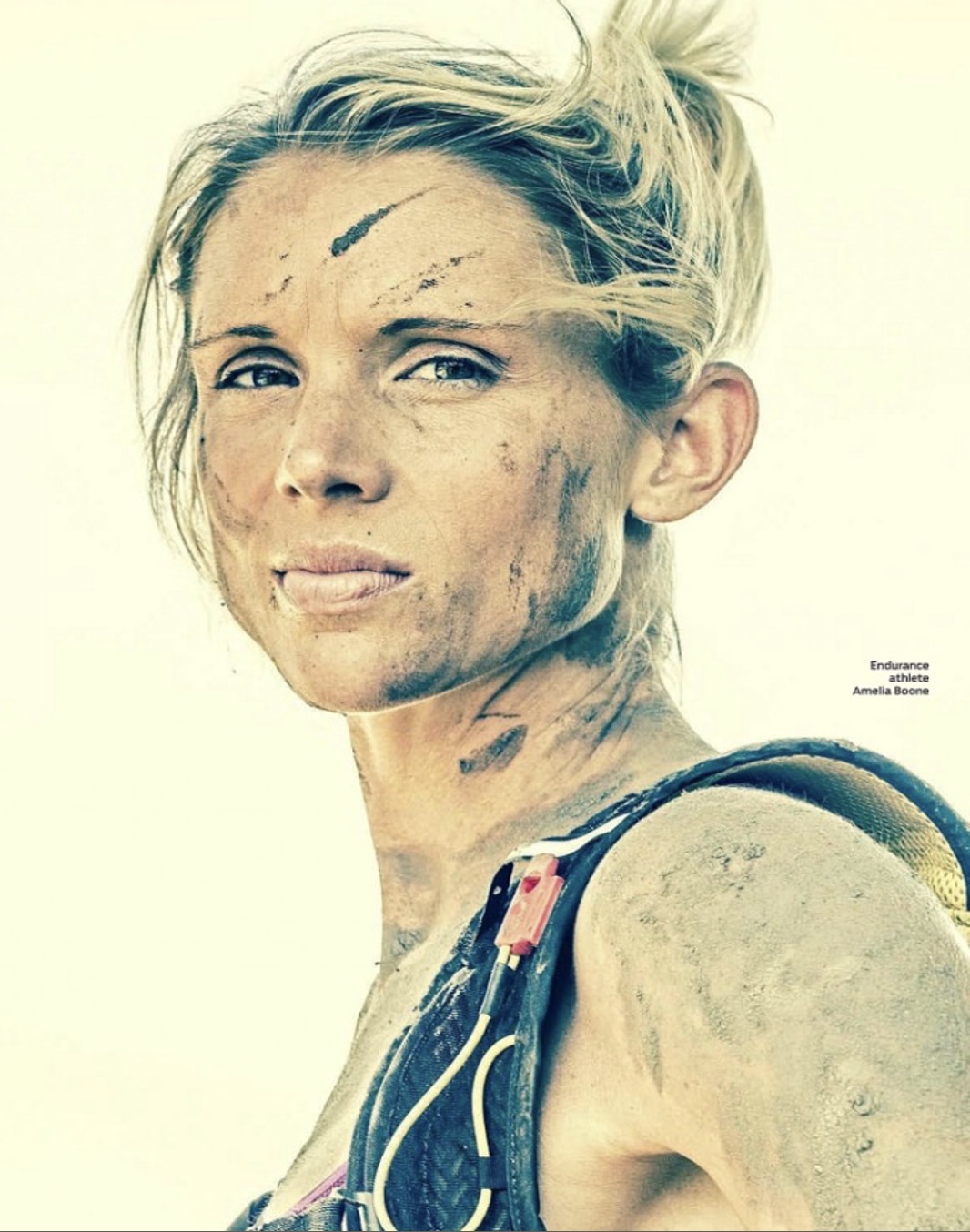
SEMIOVOX continues to offer glimpses into various audits we’ve done via installments in the series CODE-X. Series installments from 2023 include:
REINVENTING THE GAME (BROWN SPIRITS): CREATIVE ELITE | SOUTHERN HIPSTER | SOULFUL REBEL | NO BULL. TREAT YOUR SYMPTOMS (MEXICO PAIN RELIEF): FEEL THE BURN | HARD DATA | MICRO-TARGETING | EMPATHETIC ADVISOR | MEDICAL AUTHORITY | MY BODYGUARD | GENTLE MEDICAL | BREAK THE SPELL. CHANGE YOUR LIFE (MEXICO PAIN RELIEF): CLIMB HIGHER | IN YOUR HEAD | SUPER HUMAN | RED: MARKET RED | RED RIBBON | RED RULES | RUNWAY RED | RESCUE RED | RAD RED | RUSTIC RED | SINFUL RED. TAKE CHARGE (ADVENTURE): CHARGING UP | EARLY TO RISE | GETTING IN GEAR | ADVENTURE PREP | LONG VIEW | SPIRITUAL TEST. BREAK FREE (ADVENTURE): MOUNTAIN MAN | BACK TO BASICS | ON THE ROAD | SHEDDING INHIBITIONS | REBEL TRIBE | STOP BEING SERIOUS | BREATHE DEEP. EVOLVE (ADVENTURE): UNDER THE STARS | GO FORTH | OPEN YOUR MIND. & more.
Also see: SEMIOVOX update from 2022.
MIT PRESS: RADIUM AGE
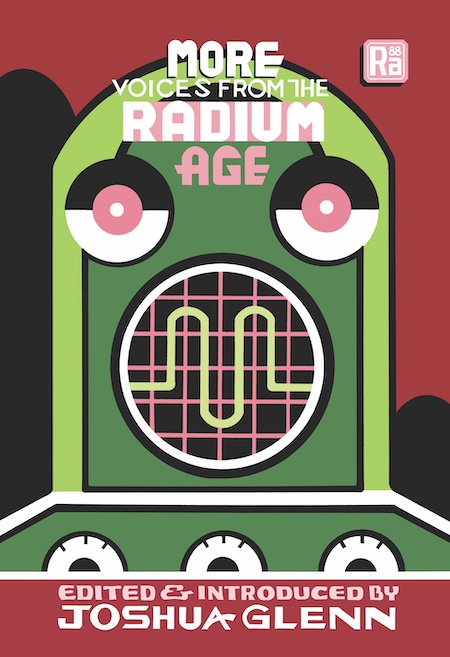
I’m the founding editor of the MIT Press’s RADIUM AGE proto-sf reissue series. During 2023, we published five additional titles:
- Cicely Hamilton’s THEODORE SAVAGE (Feb. 7, introduction by Susan R. Grayzel). “Challenging last century’s assumptions about the invulnerability of imperial civilization, Cicely Hamilton’s 1922 novel is a grim, swift read — and an argument for pacifism as the first principle of survival.” — Nisi Shawl.
- Arthur Conan Doyle’s THE LOST WORLD and THE POISON BELT (Feb. 21, introduction by Conor Reid, afterword by Joshua Glenn). “[MIT Press’s] The Lost World and The Poison Belt is a wonderful snapshot of the Edwardian scientific mind, both its virtues and its defects.” — Katherine Addison.
- G.K. Chesterton’s THE NAPOLEON of NOTTING HILL (August 1, introduction by Madeline Ashby). “More modern than the moderns, more medieval than the medievalists, funnier than all of them — reading Chesterton today is like watching someone give a speech of unimpeachable common sense from the bridge of a departing UFO.” — James Parker.
- MORE VOICES from the RADIUM AGE (August 1, edited and introduced by Joshua Glenn). An essential collection for any sci fi fan, More Voices from the Radium Age is a wild and darkly cathartic ride through the anxieties, fantasies, and nightmares that ultimately shaped the genre we now know as science fiction.
- William Hope Hodgson’s THE NIGHT LAND (ABRIDGED) (August 15, introduced by Erik Davis). “For all its flaws and idiosyncracies, The Night Land is utterly unsurpassed, unique, astounding. A mutant vision like nothing else there has ever been.” — China Miéville.
Nice reviews of More Voices from the Radium Age include the following: “A diverse, captivating collection… highlighting neglected voices in speculative and science fiction. These stories are sharp and relevant, addressing issues including climate change, women’s equality, advanced technologies, parallel universes, and dystopian societies.” — Foreword
Also see: RADIUM AGE series updates from 2022 | 2023.
HILOBROW
HILOBROW is SEMIOVOX’s sister website….
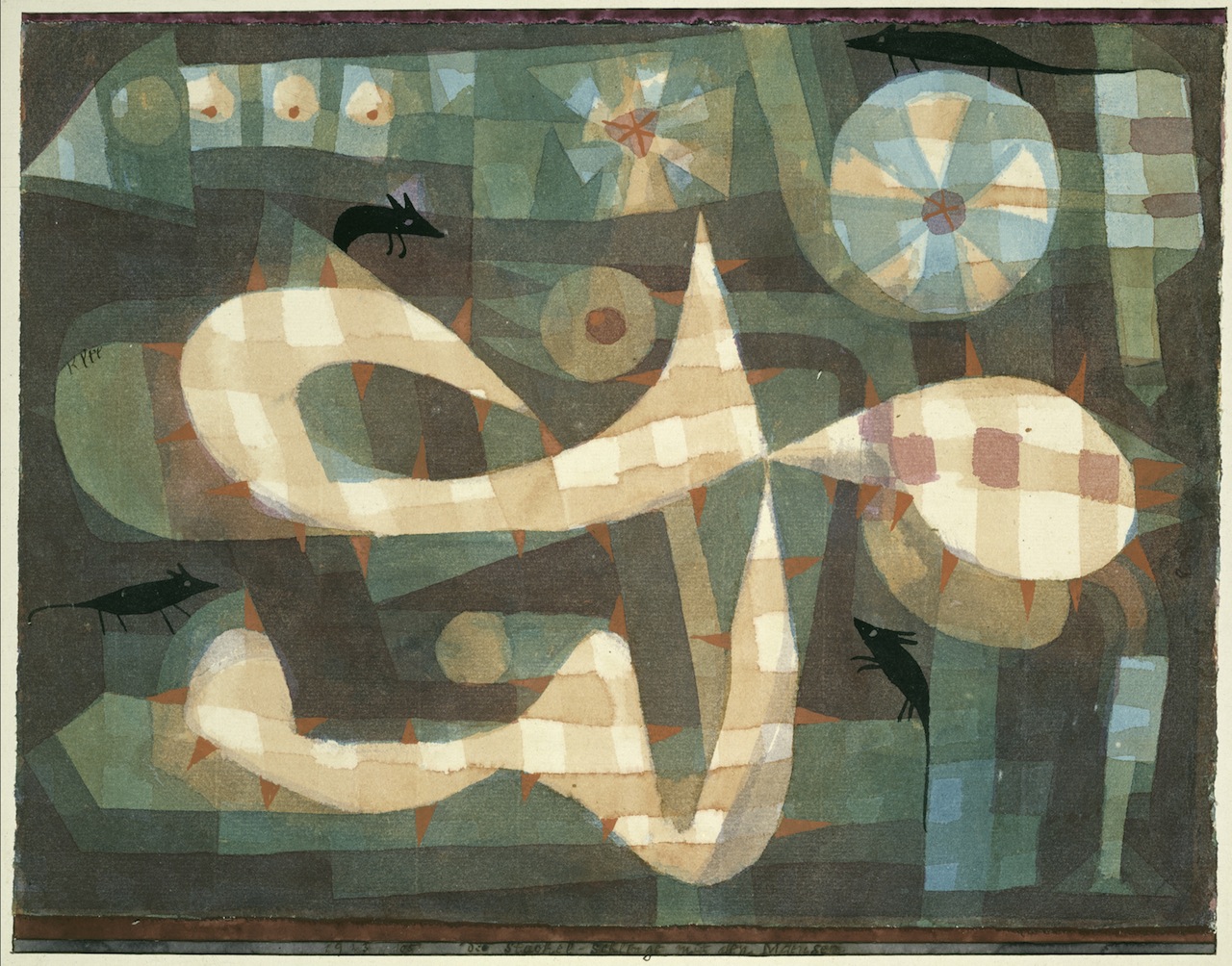
My 2023 HILOBROW series MOUSE “reads” Mickey Mouse within the context of pop-culture mice throughout the course of the century. Here’s the lineup:
MOUSE (INTRO) | PRE-MICKEY MICE (1904–1913) | PRE-MICKEY MICE (1914–1923) | PRE-& POST-MICKEY MICE (1924–1933) | POST-MICKEY MICE (1934–1943) | POST-MICKEY MICE (1944–1953) | POST-MICKEY MICE (1954–1963) | POST-MICKEY MICE (1964–1973) | POST-MICKEY MICE (1974–1983) | POST-MICKEY MICE (1984–1993) | POST-MICKEY MICE (1994–2003).
This series updates and expands upon the earlier series TAKING THE MICKEY. I began analyzing Mickey Mouse as a cultural symbol after being asked to participate in Jeff Malmberg’s documentary Mickey: The Story of a Mouse — which was released by Disney+ in 2022. (Here’s the trailer.)
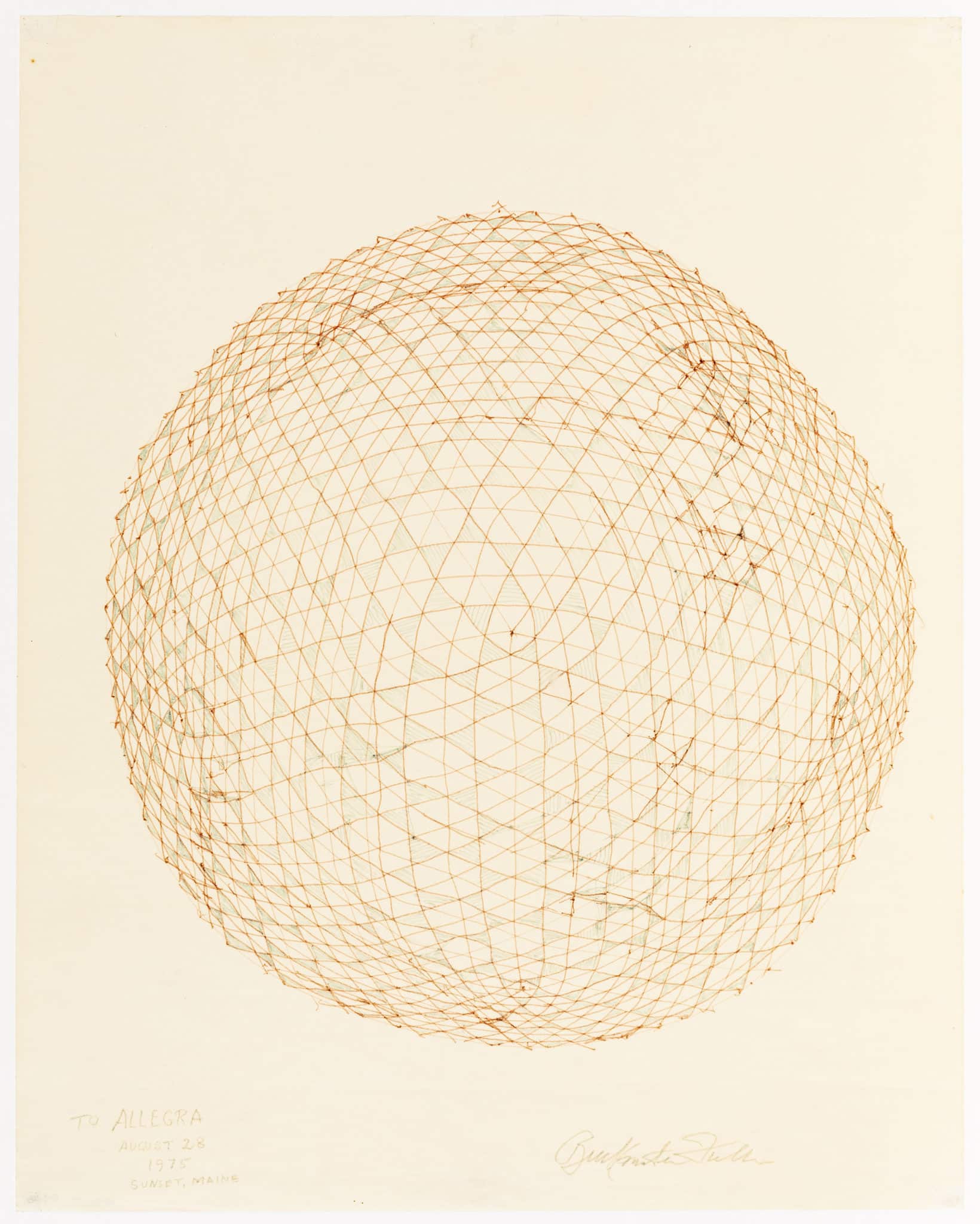
Via the 2023 HILOBROW series SCHEMATIZING, I’ve attempted to depict the intellectual and emotional highs and lows of developing a semiotic schema. All of this is a reference to my proprietary squared-circle “G-Schema.” You can catch a glimpse of it via my “thick description” of Caddyshack, or else in my Appendix to The Adventurer’s Glossary.

SEMIOPUNK is an irregular series dedicated to surfacing examples (and predecessors) of the sf subgenre that HILOBROW was the first to name “semiopunk.” Here’s a sampling of the 2023 lineup:
THE GLASS BEAD GAME | FLATLAND | THE HAMPDENSHIRE WONDER | EXPLOITS AND OPINIONS OF DR. FAUSTROLL, PATAPHYSICIAN | A VOYAGE TO ARCTURUS | THE MAN WITH SIX SENSES | THE SPACE MERCHANTS | ODD JOHN | & more.
Also see: HILOBROW updates from 2017 | 2018 | 2019 | 2020 | 2021 | 2022 | 2023.
ELSEWHERE
In addition to the SEMIOVOX and HILOBROW platforms, during 2023 I contributed semio-fueled writings for the following publications…
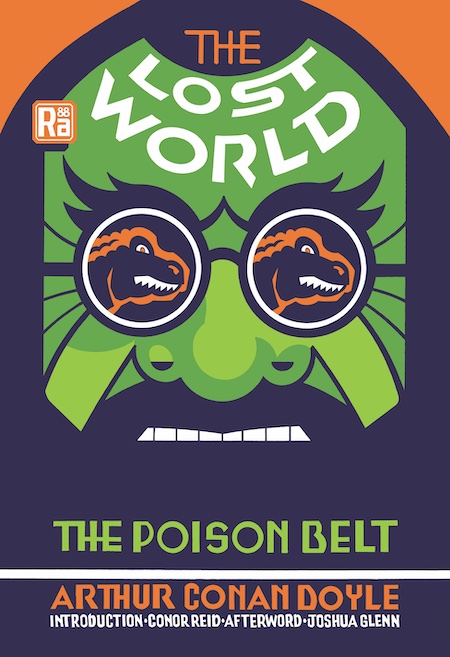
I contributed an afterword to the MIT Press’s RADIUM AGE series edition of Arthur Conan Doyle’s Professor Challenger adventures The Lost World and The Poison Belt (published Feb. 21). Here’s a semio-adjacent excerpt from the essay:
The pioneering American logician and semiotician C.S. Peirce, a contemporary of Doyle’s who did his most productive theorizing in the early part of the twentieth century, was fascinated by scientists’ occasional yet crucial use of intuition and imagination to hypothesize on the unknown causes of resulting facts. He was the first to name this mode of ratiocination abduction. “Abduction seeks a theory,” explains Peirce, whereas “Induction seeks for facts.” Induction, that is to say, compares homogeneous facts in order to enunciate general properties; abduction, meanwhile, seeks a hypothesis that can explain a single heterogeneous fact. It’s important to point out, however, that whereas Peirce describes abduction as a complement to the scientist’s inductive and deductive modes, in the Challenger stories it becomes a sort of mental superpower.
The essay’s title is “Challengers of the Known.” I also wrote an introduction to the anthology More Voices from the Radium Age (published Aug. 1), which was reprinted by Literary Hub.
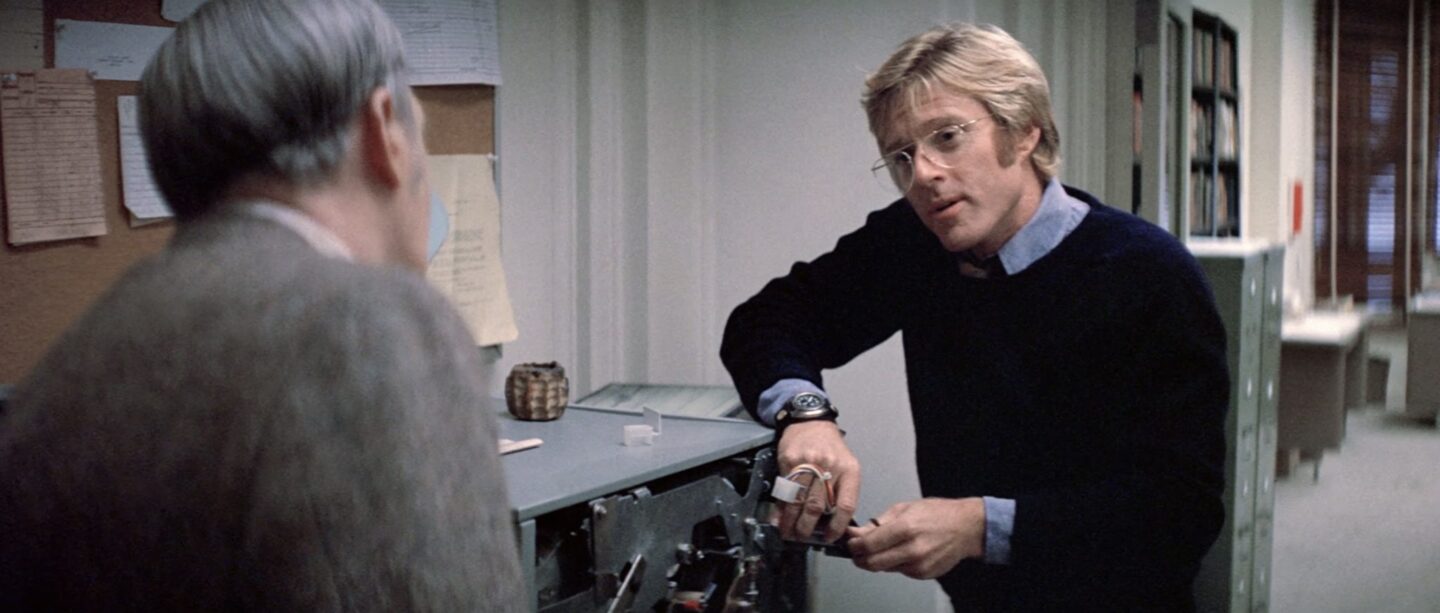
At the invitation of Nicholas Rombes, in September I contributed a decoding-intensive MINUTE 9 series installment on Three Days of the Condor to the “irreverently highbrow” literary journal 3:AM. Here’s an excerpt:
Turner’s private office is overflowing with Buckminster Fuller-esque models, artsy and intellectual posters and prints (Einstein, Picasso’s Don Quixote sketch, Daumier’s phrenological caricatures), and a couple of bicycle diagrams — one of which illustrates a 1973 Fortune magazine portfolio of “elegant wheels.” Although a coworker gripes that Turner “isn’t the only mind in this place,” we understand that he is as stubbornly independent and eccentric a thinker as he is an individual.
On to 2024…


